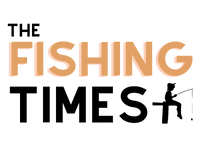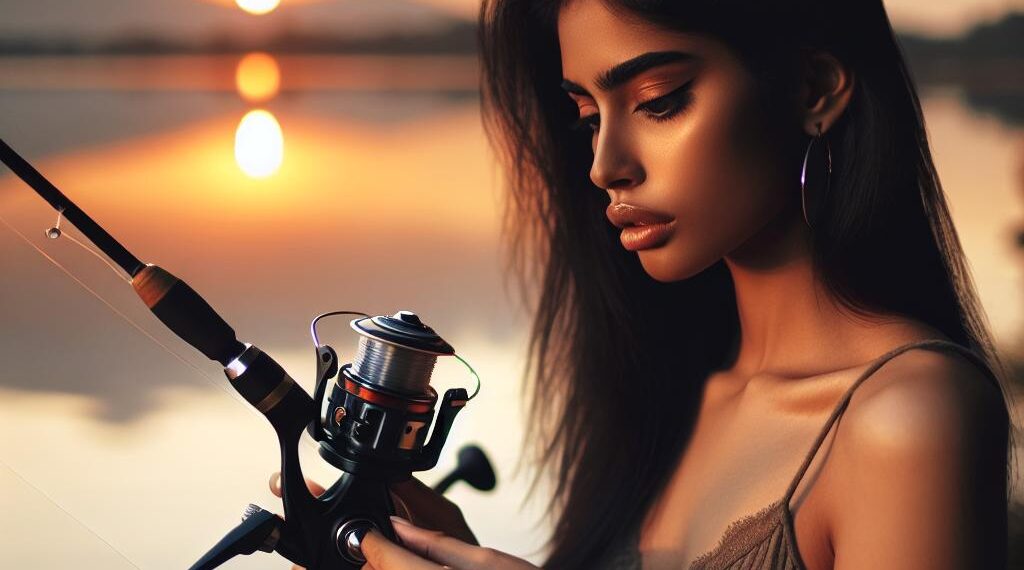Picture this: You’re standing by the edge of a serene lake at dawn, the mist rising in gentle curls, but your fishing reel falls short. It’s a common problem many fishers face, whether they’re seasoned pros or just starting out. Choosing the right fishing reel can make or break your angling experience. Not only does it affect how you cast and reel in, but it also influences your overall satisfaction. In this blog, we’ll demystify the process of selecting the perfect reel, helping you enhance your skills and ensuring your fishing adventures are successful and enjoyable.
How Do You Choose a Fishing Reel?
Choosing the right fishing reel involves understanding the types available and selecting one that matches your fishing style and environment. Reels evolved alongside advancements in fishing techniques and gear technology, offering anglers more precision and control. Whether you’re casting from a riverbank, a boat, or the shore, the correct reel can significantly enhance your experience by providing smoother line release, better accuracy, and less fatigue. Knowing how to choose a reel means you’ll have the right tools to catch your preferred fish species, making your fishing adventures more successful and enjoyable. Investing time in understanding reels elevates your skill, turning each trip into a more rewarding experience.Importance of Selecting the Right Fishing Reel
Choosing the right fishing reel isn’t just about catching fish; it’s about enhancing your entire fishing experience. Here are some benefits of using or knowing how to select the ideal reel for your needs:1. Improved Casting Accuracy: A well-matched reel to your rod can significantly improve your casting accuracy. This, in turn, makes your fishing trips more satisfying as you’ll be able to place your bait exactly where you want it. It’s like having the perfect swing in golf or the right stroke in tennis – it just feels right!
2. Increased Efficiency and Comfort: Using the right reel reduces strain on your hands and arms, preventing fatigue during those long, adventurous fishing sessions. You’ll enjoy every angling moment without feeling the burn too soon, allowing for longer, more enjoyable trips on the water.
3. Skill Development: Mastering a reel’s nuances can boost your overall fishing skills. By understanding different reel types – like baitcasters, spinning, or fly reels – and how they function, you’ll become a more adaptable angler, ready to tackle different conditions and fish species.
4. Contribution to Conservation: Selecting the right gear can help in handling fish properly, ensuring catch-and-release practices are more effective. By doing so, you’re contributing to aquatic conservation and a more sustainable fishing lifestyle.
Understanding how to choose the right fishing reel is a step towards a more skilled, eco-friendly, and enjoyable fishing experience that ties into the larger picture of outdoor living.
Choosing the Perfect Fishing Reel: An Easy Step-by-Step Guide
Choosing the right fishing reel can make a big difference in your angling success. Here’s a simple guide to help you select the perfect one:- Identify Your Fishing Style: Are you into saltwater or freshwater fishing? Do you prefer spinning, baitcasting, or fly reels? Determine your style so you can pick the reel that suits your needs best.
- Consider the Reel’s Gear Ratio: This ratio affects how quickly you retrieve your line. Faster ratios help when reeling in fish quickly, while slower ones provide more torque for battling strong fish. Choose a gear ratio based on your targeted species.
- Check the Build Quality: A sturdy reel ensures durability. Go for materials like aluminium or graphite, but remember that quality often reflects in price. Don’t skimp on the build to avoid frequent replacements.
- Avoid Common Mistakes: Many anglers overlook the reel’s weight compatibility with the rod, leading to balance issues. Always match your reel to the rod to ensure a smooth fishing experience.
Best Tools for Choosing the Perfect Fishing Reel
| Fishing Reel | Type | Skill Level | Budget | Standout Feature |
|---|---|---|---|---|
| Shimano Stradic FL | Spinning Reel | Beginner to Intermediate | Mid-Range | Smooth Drag System |
| Daiwa BG Spinning Reel | Spinning Reel | Beginner | Budget-Friendly | Durable Aluminium Body |
| Abu Garcia Revo SX | Baitcasting Reel | Intermediate to Advanced | Mid-Range | Magnetic & Centrifugal Braking |
| Penn Battle III | Spinning Reel | All Levels | Mid-Range | Enhanced Sealing Technology |
| Shakespeare Ugly Stik GX2 Combo | Combo | Beginner | Affordable | Great Entry-Level Setup |
| Shimano Curado DC | Baitcasting Reel | Advanced | Premium | Digital Control Braking System |
Reel Selection: Real Angler Stories and Tips
Last summer, I decided I needed to up my fishing game. So, I dove into understanding “How to Choose the Right Fishing Reel.” One day, I stumbled upon a local angler, Peter, at the tackle shop. He had this contagious passion for fishing. We struck up a conversation about reels, and he shared how switching from a spinning reel to a baitcasting reel completely transformed his experience. At first, Peter struggled with bird’s nests—the tangled mess when the line goes haywire—but he mastered the tension control with practice. Soon, he was casting like a pro. His accuracy and casting distance? Spot on. Inspired, I took the plunge too. By carefully considering the reel’s drag, gear ratio, and the type of fish I wanted to catch, I chose a baitcasting reel. Sure, I had my fair share of tangled moments, but sticking to it taught me patience and precision. Now, every fishing trip is more rewarding. The right reel can make all the difference—even for seasoned anglers. That summer, I learned firsthand that the right gear not only boosts confidence but turns each fishing adventure into a learning journey.Embrace Sustainable Fishing with the Right Reel Choices
Fishing sustainably is vital not just for our sport, but for the health of our aquatic ecosystems. Here’re a few ways to keep it green:- Choose a reel with eco-friendly materials. Look out for brands committed to reducing their carbon footprint.
- Consider the maintenance of your gear. Well-kept reels are less likely to break and pollute waterways with debris.
- Always abide by local fishing regulations. These rules help preserve fish populations and their habitats.
- Adopt catch and release techniques. Use barbless hooks to ensure fish can be released unharmed.
- Be mindful of where you fish. Avoid spawning areas where fish numbers can be vulnerable.
- Dispose of fishing lines and other waste properly. This prevents harm to marine life and keeps the waters clean.
- Engage with conservation programmes to stay updated on sustainable practices and what’s best for the environment.
- Share your knowledge. Encourage fellow anglers to practice sustainable fishing too!












